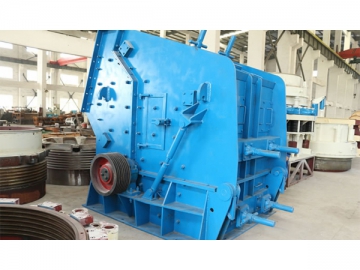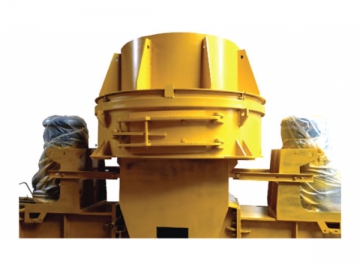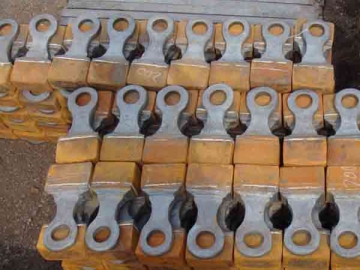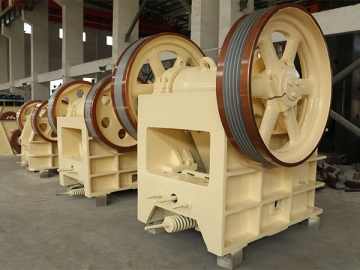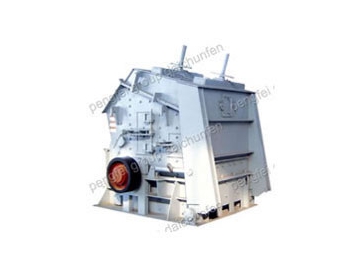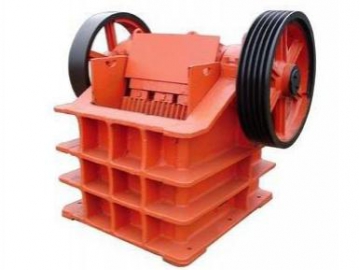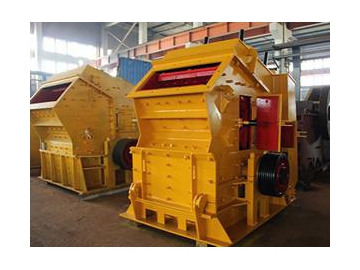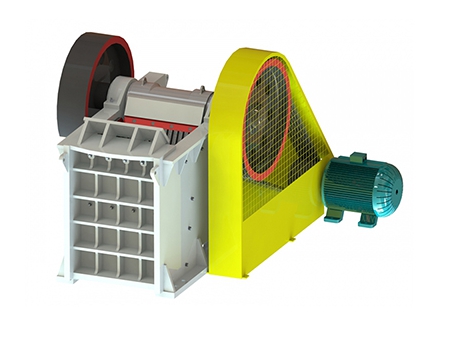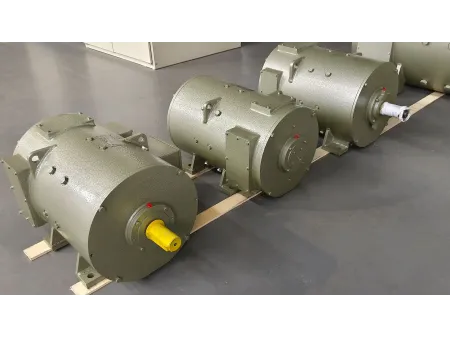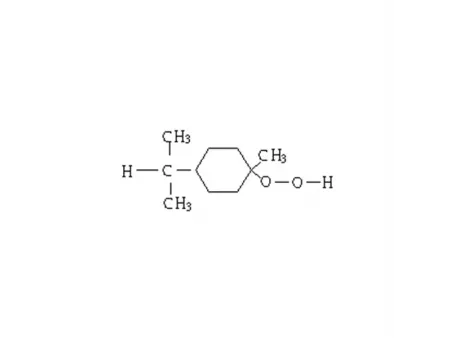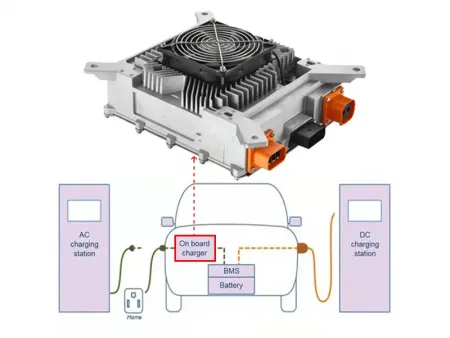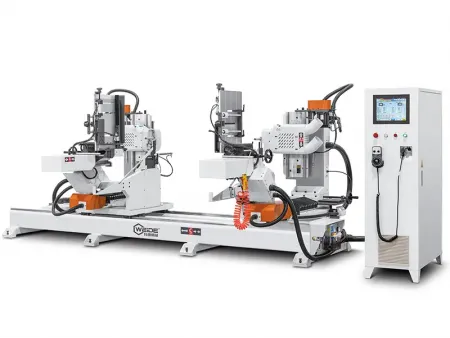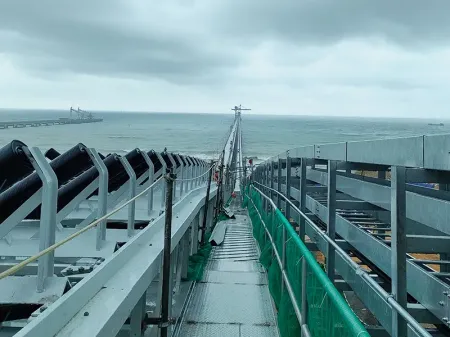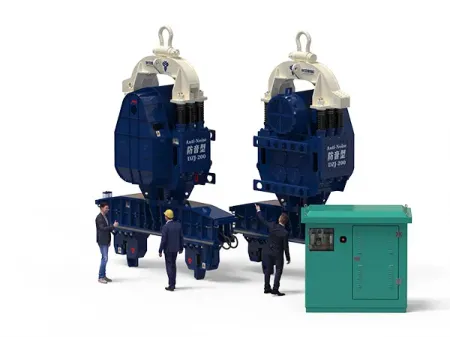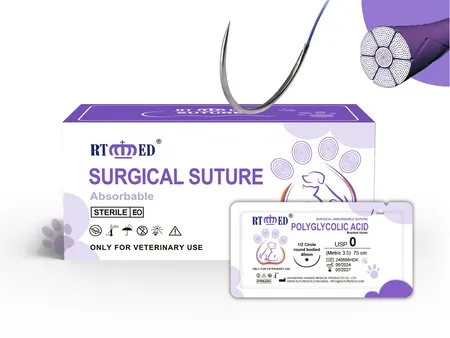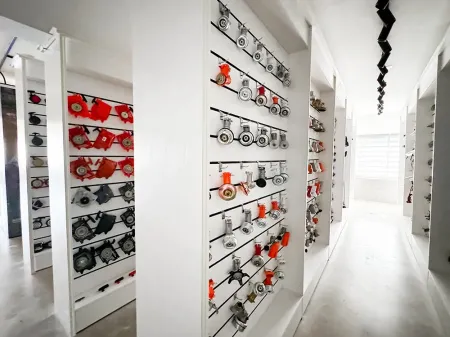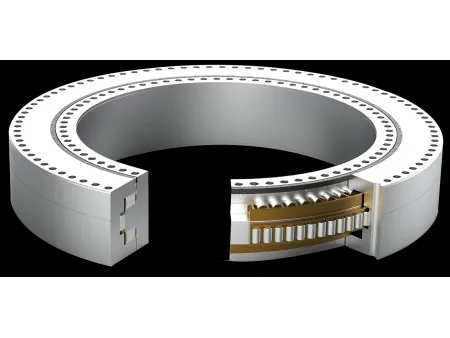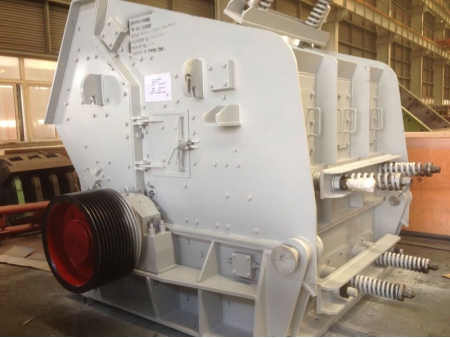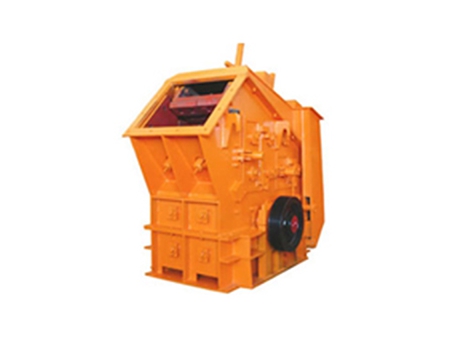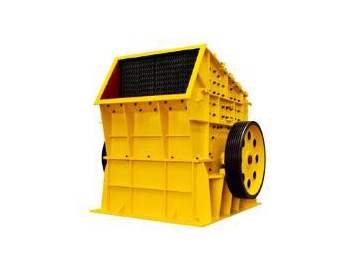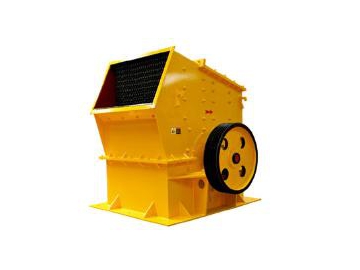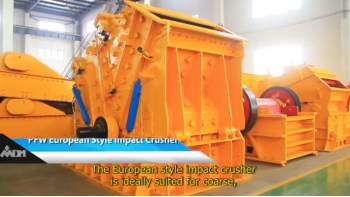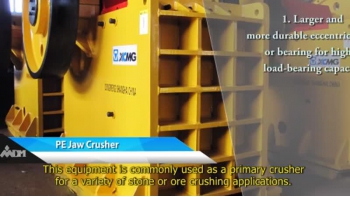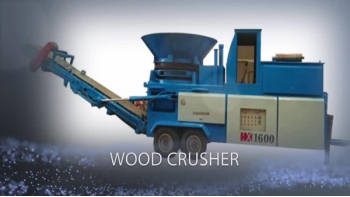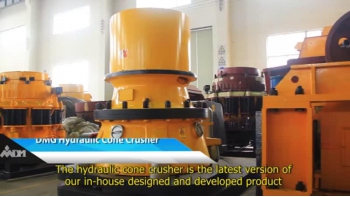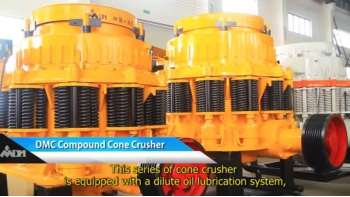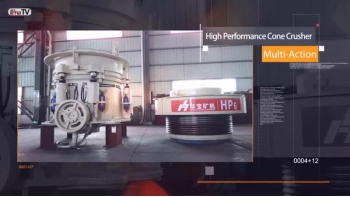Impact Crusher
Applications
An impact crusher, or horizontal shaft impactor, breaks large rocks into smaller pieces upon hammer impact. This type of crushing equipment is mainly used in mining, building, chemical engineering, electric power and metallurgy industries to break ores, blast-furnace slag, and coals with compressive strength under 250MPa. The resulting product shape is mainly rhomboidal, containing few elongated or flaky particles.
Usually installed behind a jaw crusher, the impact crusher breaks rocks into their final shapes. It can also be used after a secondary cone crusher for refining of particle shape. Please note that this crushing equipment is not suitable for dealing with sticky materials or ores with water content above 8%-20%. It is however ideal for crushing aggregates for use in road construction, hydraulic engineering, and building construction.
Components
Featured impact crusher consists of the upper housing, lower housing, side liner, rotor, blow hammer, impact plate, impact hammer, and swing lid, among other associated parts.
- At the bottom are four impact plate adjustment settings.
- At the top are two impact plate adjustment settings for the purpose of adjusting the opening size of impact crusher.
- Feed inlet with adjustable opening
- Hammer plates are made of manganese for more rigidity.
Working Principle
As the motor rotates, it drives the crusher rotor via a V-belt. At this point, material enters the crushing chamber and is crushed by fast-spinning hammer plates. The hammer plates then throw the material against the impact plate, and broken pieces bounce off it and return to the hammer plates for a secondary crushing operation. This cycle repeats itself until the material is broken into required size. When the particle size is smaller than the gap between the hammer plate and impact plate, these particles would exit the machine from its bottom.
Note that some crusher manufacturers call their impact plates breaker plates; hammer plates, impeller bars.
Advantages
1. Crusher frame lock bolts are ideally positioned to reduce the number of bolts needed. So, there is less of a concern about any bolt shaking loose due to vibration.
2. Unique side plate shapes allow easy replacement for reduced downtime. Unlike traditional steel side plates, Yonran exterior side plates are made of ZGMn13Cr2 high manganese steel that is up to 16mm thick.
3. Rotors come with special protective coatings that protect against damage by tramp metal.
4. C20 alloy steel hammer plates are wear resistant and able to withstand high impact.
5. 60Si2Mn compression spring, 15mm in diameter, has a tensile strength of 1275N/mm.
| Model | Rotor Size (mm) | Feed Inlet Size (mm) | Max. Infeed Size (MM) | Capacity (t/h) | Power (kW) | Weight (kg) |
| | 1000×700 | 400×730 | 300 | 20-35 | 37-55 | 9500 |
| | 1000×1050 | 400×1080 | 350 | 5-20 | 55-75 | 12127 |
| | 1250×1050 | 400×1080 | 350 | 16-65 | 110-132 | 14000 |
| | 1250×1400 | 400×1430 | 350 | 45-100 | 132-160 | 18579 |
| | 1320×1500 | 860×1520 | 500 | 50-120 | 180-260 | 24400 |

